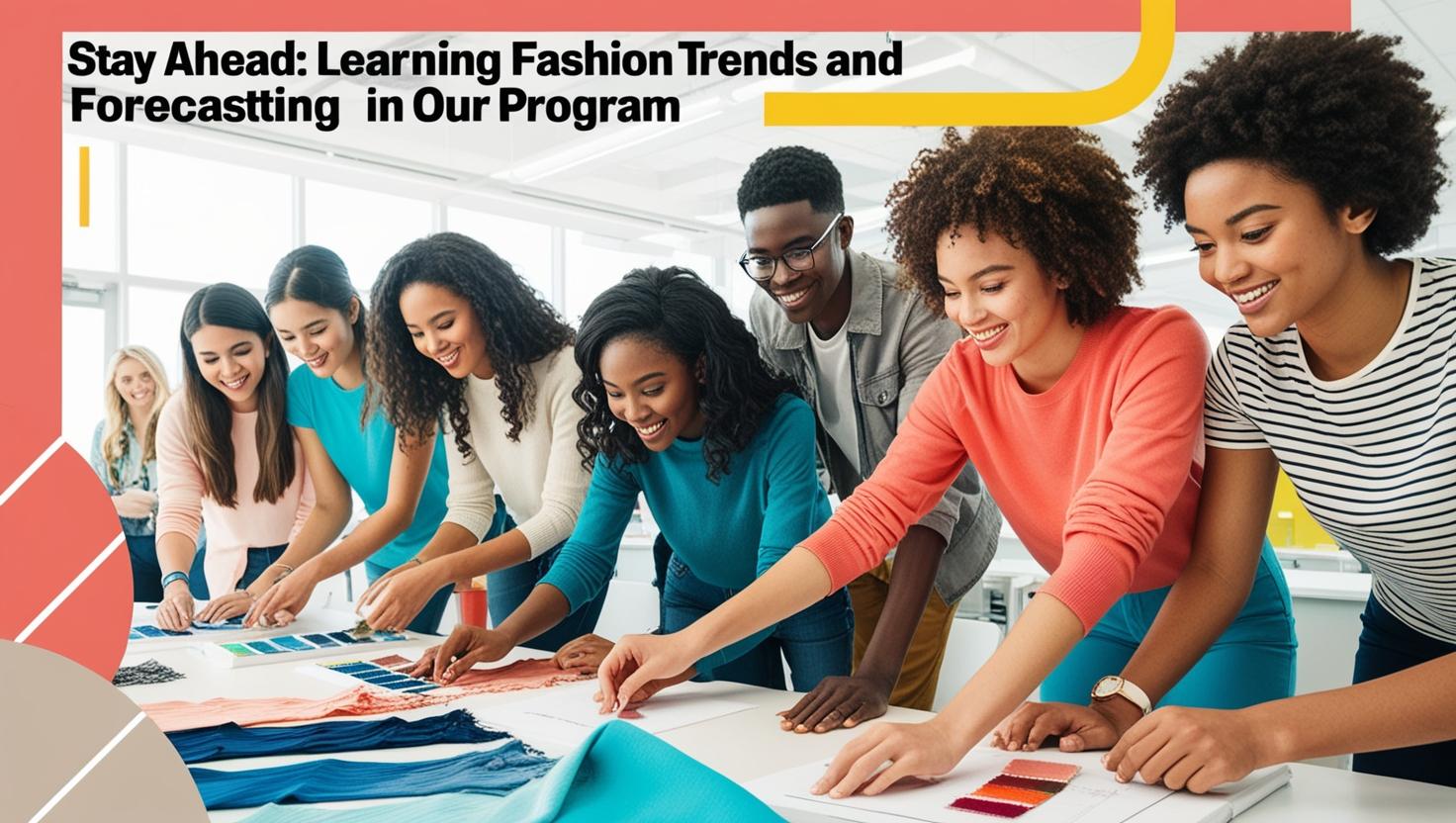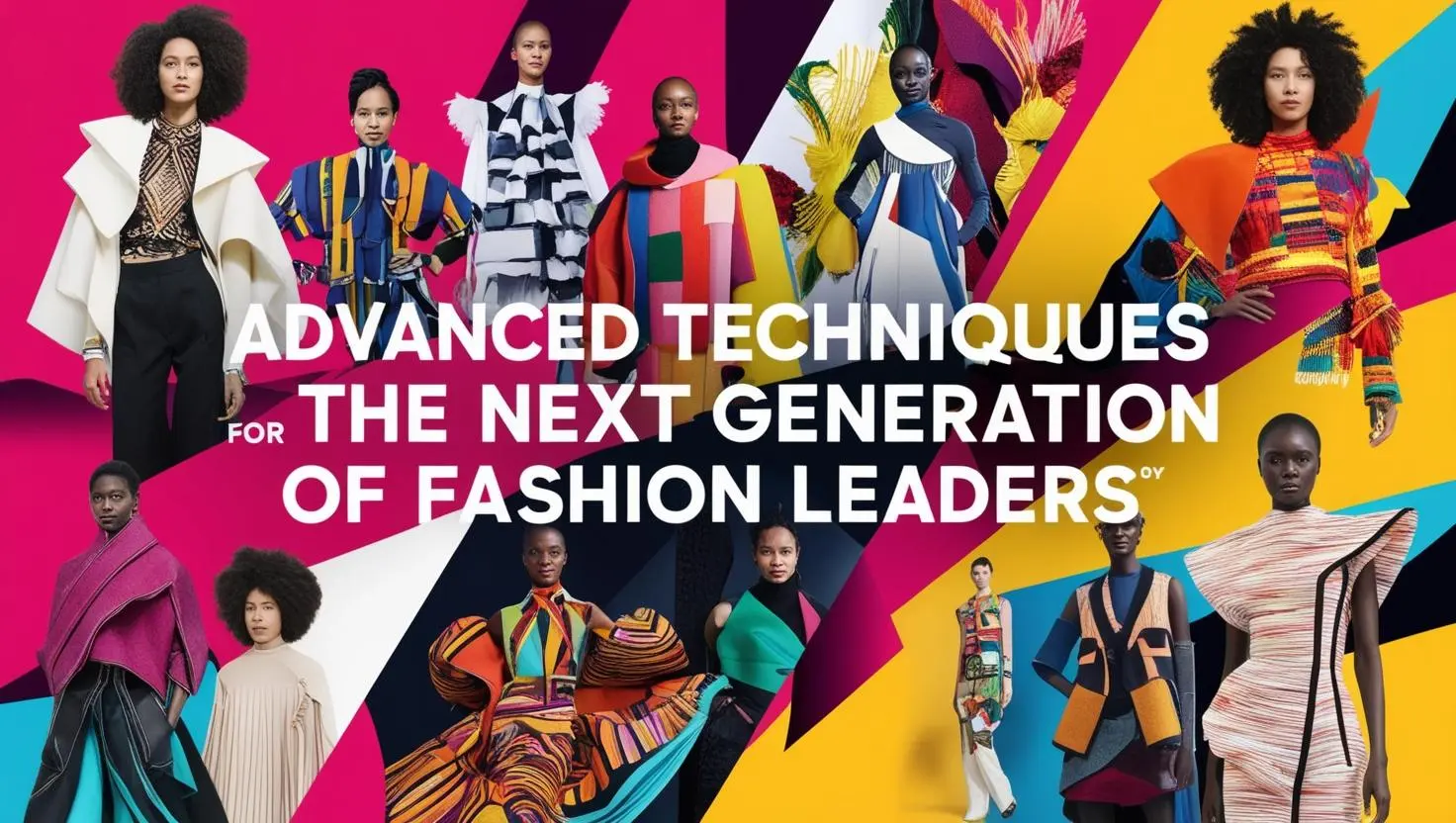
Stay Ahead: Learning Fashion Trends and Forecasting in Our Program
In the ever-evolving world of fashion, staying ahead of trends is both an art and a science. Designers, retailers, and industry professionals rely on keen insights into upcoming styles, colors, and consumer preferences to remain competitive. Our Fashion Program delves deeply into the fascinating realm of trend analysis and forecasting, equipping students with the tools to predict and influence the future of fashion. This blog explores how understanding and predicting fashion trends can shape your career and keep you at the forefront of the industry.
Why Trend Forecasting Matters in Fashion
Fashion is more than just clothing—it reflects cultural shifts, technological advancements, and consumer behavior. Trend forecasting provides a roadmap for designers, brands, and marketers to align their creations with what’s next. By mastering this skill, you’ll not only stay relevant but also become a trendsetter, influencing what’s in vogue.

What Is Fashion Trend Forecasting?
Fashion trend forecasting is the process of analyzing past and current fashion movements to predict future trends. It involves understanding:
- Historical patterns: How past trends cycle and evolve.
- Consumer behavior: Insights into lifestyle changes and preferences.
- Global influences: The impact of cultural, political, and technological developments.
- Market data: Sales reports, social media metrics, and industry analytics.
Hands-On Learning: How Our Program Prepares You
Our program integrates hands-on projects with theoretical knowledge to ensure students excel in trend forecasting. Key elements include:
1. Fashion History and Cycles
Understanding the cyclical nature of fashion is essential. Students explore:
- Iconic eras and their recurring influences.
- The “20-year rule” and how nostalgia impacts design.
- Case studies of major trends and their resurgence.
2. Data Analysis and Tools
Fashion forecasting today heavily relies on technology. We teach students how to:
- Use AI-driven platforms for analyzing consumer behavior.
- Interpret social media trends and hashtags.
- Evaluate market data and predict sales patterns.
3. Cultural and Global Awareness
Fashion trends are often born from cultural shifts. Our curriculum emphasizes:
- Monitoring global events and pop culture.
- Recognizing the role of diversity and inclusivity in shaping trends.
- Predicting the influence of sustainability and ethical practices.
Building Expertise Through Real-World Projects
Students collaborate on live projects with industry partners, designing collections informed by current and predicted trends. These projects offer invaluable experience, allowing students to:
- Identify and incorporate upcoming trends into their designs.
- Work within brand guidelines to meet market demands.
- Present their predictions and designs to industry professionals for feedback.
Career Opportunities in Trend Forecasting
A deep understanding of fashion trends opens doors to numerous career paths, including:
- Fashion forecaster: Working with agencies or brands to predict future trends.
- Buyer or merchandiser: Selecting trend-relevant products for retail.
- Creative director: Shaping brand identity and direction based on upcoming trends.
- Fashion journalist or influencer: Sharing insights and analysis with a wider audience.
Staying Ahead in a Fast-Paced Industry
The fashion industry changes rapidly, and staying ahead requires constant learning and adaptability. Our program instills the skills needed to anticipate shifts and respond proactively. By combining creativity with analytical prowess, students become industry leaders who set, rather than follow, trends.
Conclusion
Learning how to understand and predict fashion trends is not just a skill; it’s a competitive edge. Our program bridges the gap between creativity and strategy, preparing students to excel in this dynamic field. If you’re ready to shape the future of fashion, explore our Fashion Program today and start your journey as a trendsetter.


